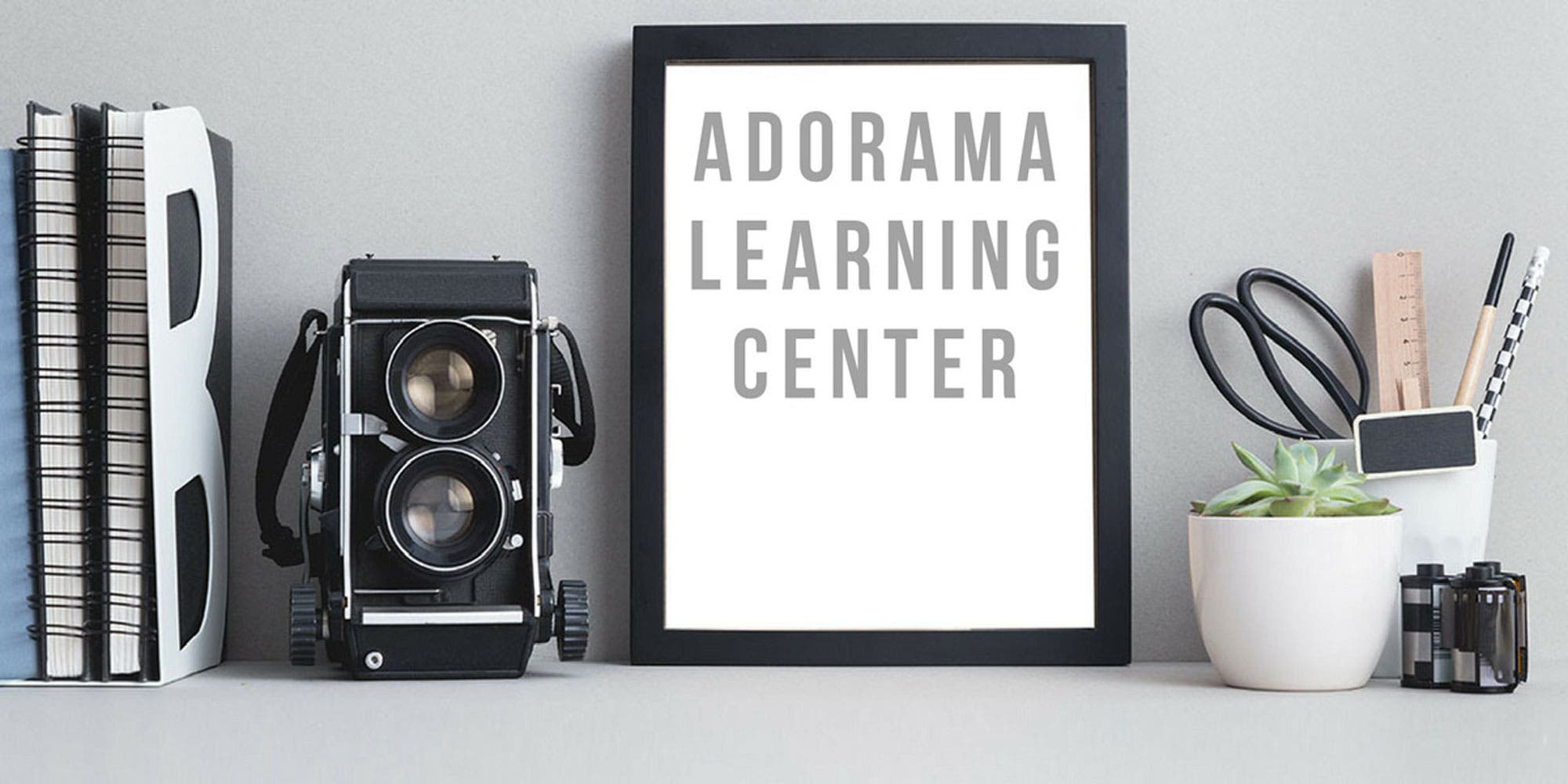To prolong print life, darkroom technicians often toned their prints in Selenium, which preserved the prints. As an extra benefit, Selenium prints had a distinctive warm-golden tone overall plus rich, full blacks that enhanced the look of the print.
| Similar to Sepia but with the added benefit of preventing long-term print fade, Selenium prints were used by master printers for generations.Here’s how to get the Selenium toned look in Photoshop Elements. Using this technique you can also try other looks—Cyanotypes, Palladium and of course, Sepia.
Here’s the black-and-white shot,which was originally captured with a Canon G9 camera in color. You want to keep the original image as a color file, so… Go to Enhance > Adjust Color > Hue/Saturation, and move the Saturation slider all the way to the left, or -100%. This removes color but lets Photoshop treat the file as a color image. Using the color picker, select an orange, then slide it down towards the darker areas to create a brownish/golden color. Go into the Layers palate and select the brown/gold layer. Click on Opacity and move the slider to the right until you get a nice warm tone.Note: You’re not done yet, because the gold/brown layer is affecting the shadows too much, and instead of rich, pleasing blacks, you’re getting mud. We’re going to fix this now. The secret is in overlays: In the Layers palate, go to the pulldown Blending Mode menu and select Overlay. The resulting image has overall warmth and deeper, richer blacks. If you don’t like the results, you can continue to adjust sliders, or change the color in the color layer, until you have the effect you want.Even better: You can change the color layer radically, for instance, yellow or green, to get completely different looks. Use a small percentage of red to get a Sepia tone, and blue to create a virtual Cyanotype! It’s a lot faster and considerably less toxic than the traditional way. |






